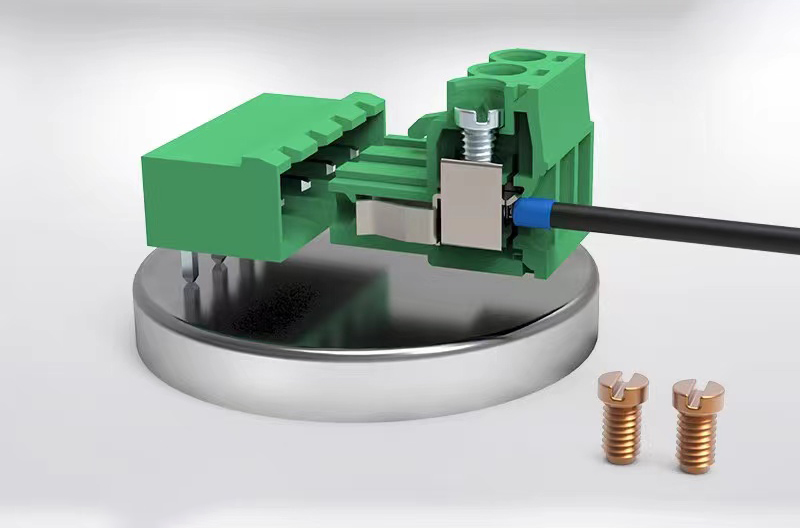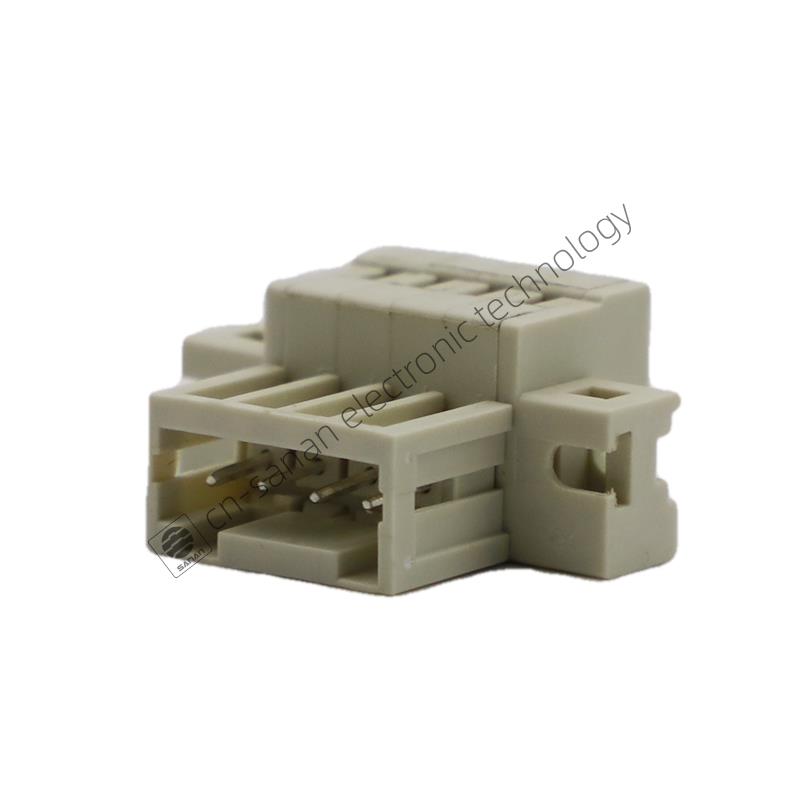Pluggable Terminal Block
2024-08-23A plug-in terminal block is an electronic component used for connecting wires and circuits. Its design feature allows for wire connections through a plug-in method, eliminating the need for screws or soldering. This makes installation and removal very convenient.
These types of terminal blocks have several advantages:
- Convenience and Speed: Simply insert or pull out the wire to complete the connection or disconnection, making the operation straightforward.
- Safety and Reliability: The wiring is secure, with good vibration resistance, ensuring circuit stability and safety.
- Space-saving: The compact structure takes up little space, making it suitable for use in confined spaces.
- Ease of Maintenance: Connections and maintenance can be performed without special tools, reducing maintenance costs.

Common types include single-layer, double-layer, spring, and screw-type terminal blocks. They are widely used in various control systems, power distribution equipment, and automated production lines:
Industrial automation control cabinet
In industrial automation control cabinets, plug-in terminal blocks are used to connect various sensors, actuators, and controllers. Due to the complexity of wiring within control cabinets, plug-in terminal blocks help keep the wiring neat. During equipment maintenance or replacement, connections can be easily made by simply unplugging, without the need for rewiring, significantly improving work efficiency.
PLC system
In a PLC system, various input and output devices, such as switches, sensors, and relays, need to be connected. Plug-in terminal blocks provide a quick and reliable way to connect these devices, facilitating system expansion and maintenance. They are especially important in situations where modules need to be frequently replaced or wiring needs to be adjusted.
Automated production line
In an automated production line, connections between devices need to be fast and reliable. Plug-in terminal blocks allow for easy connection and disconnection between different equipment modules, reducing production line downtime. Additionally, during production line modifications or expansions, plug-in terminal blocks simplify the process of adjusting wiring, shortening the project timeline.
Robot control system
In a robotic system, there are numerous electrical connections involved, such as those between drive motors, sensors, and control units. Using plug-in terminal blocks ensures the firmness and reliability of these connections while making it easy to quickly replace components when needed, thus improving the maintenance efficiency of the robot system.
Elevator control system
Elevator control systems involve the transmission of various signals and power connections. Plug-in terminal blocks can quickly connect the control cabinet to the different subsystems of the elevator, facilitating maintenance and inspection. Particularly in the event of an elevator malfunction, they allow for rapid disconnection of the relevant circuits for troubleshooting and repair, reducing elevator downtime.
Building automation system
In building automation, plug-in terminal blocks are used to connect various control devices, such as lighting controls, HVAC controls, and security systems. They help engineers quickly set up the system and, during equipment upgrades or maintenance, eliminate the need for rewiring, significantly reducing workload and costs.
Renewable energy equipment
In solar power systems and wind power systems, plug-in terminal blocks are used to connect generation equipment with control systems. Since these devices are often installed outdoors, plug-in terminal blocks not only provide stable electrical connections but also offer good protective performance, capable of withstanding harsh environmental conditions.
Pluggable terminal blocks have diverse applications in the automation field. By improving connection efficiency, enhancing reliability, and simplifying maintenance processes, this type of connection has become an indispensable part of modern automation systems.





